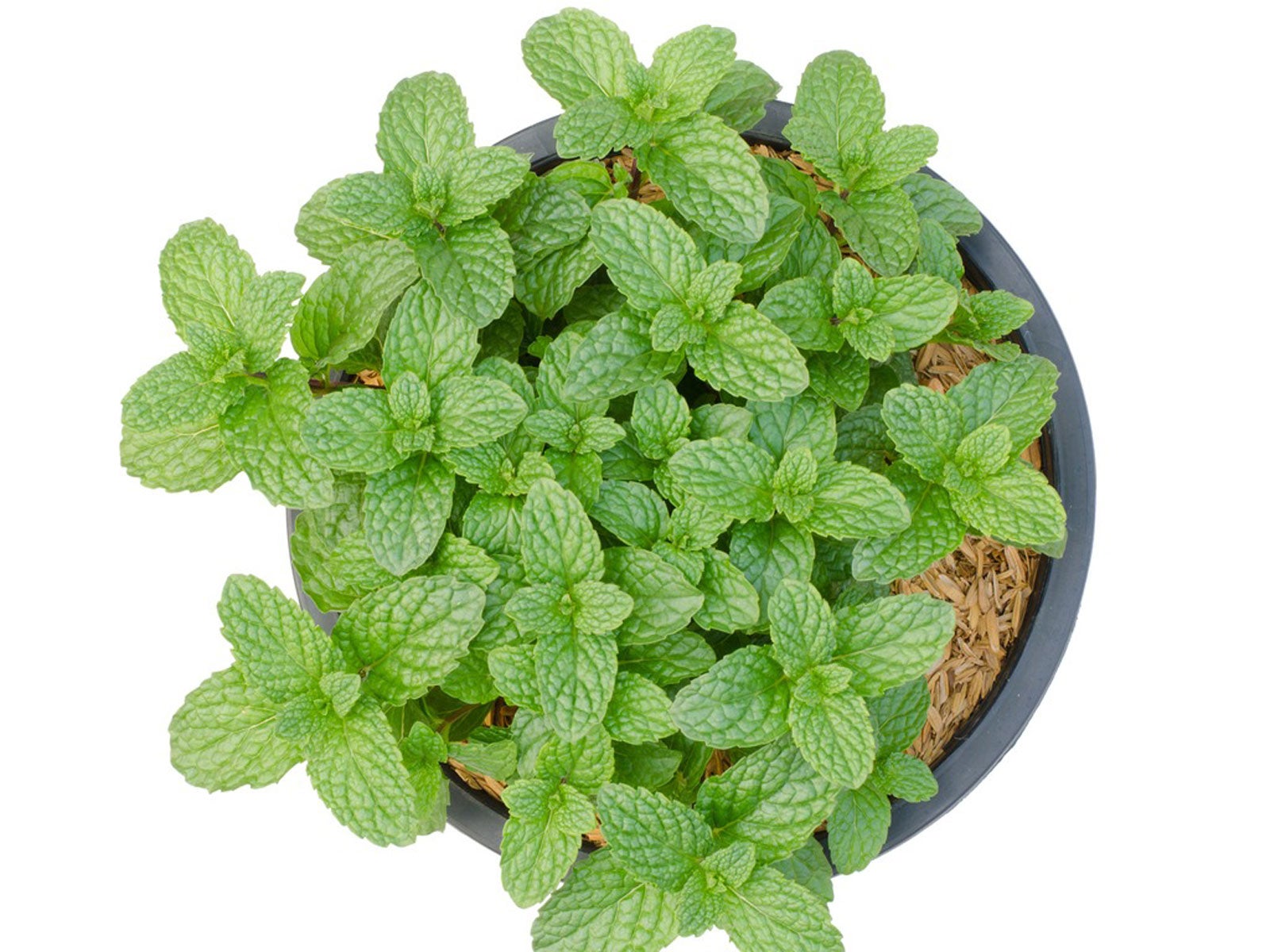Growing Peppermint Indoors: Care For Peppermint As A Houseplant

Did you know that you can grow peppermint as a houseplant? Imagine picking your own fresh peppermint for cooking, teas, and drinks whenever you need it. Growing peppermint indoors year-round is easy given proper care.
Indoor Peppermint Plant Care
How convenient would it be to be able to grow peppermint inside for all your culinary needs? Peppermint (Mentha x piperita) is hardy in USDA zones 5 through 9 outdoors, but you can easily grow it indoors too, as long as you consider a few things.
One very important aspect to consider in growing peppermint inside is to have the right pot to grow it in. Choose a pot that is wider than it is tall and one that has a drainage hole. The reason is that peppermint will send out runners and will spread horizontally fairly quickly. As the runners grow, the mint spreads and you will have more to harvest.
There is no need to place more than one plant in a pot because mint plants are very aggressive growers and will quickly fill the pot.
Place your peppermint plant right in front of a window and give it as much direct sunshine indoors that you can. It will need at least four to six hours of direct sun for best results. Southern exposure windows are ideal. You’ll need to turn the pot frequently so that the plant grows straight; otherwise, it will be leaning all to one side towards the window. If you lack a sufficiently sunny windowsill, you can easily grow these plants under a grow light or fluorescent light.
Indoor mint prefers fairly moist soil. In between thorough waterings allow the top inch (2.5 cm.) or so to become dry and then water again. Depending on if you are growing in a terra cotta pot versus plastic or glazed ceramic, and also on how much light you are giving your plant, the time in between watering will vary. Simply feel the soil with your finger. Never allow your peppermint plant to sit in water and make sure to discard any excess water that collects in the saucer below the plant. Peppermint plants dislike having wet feet.
Mint plants are susceptible to rust. One way to avoid this is to never mist your plants or get the leaves wet, especially if air circulation is poor, which it tends to be in many indoor locations.
Sign up for the Gardening Know How newsletter today and receive a free copy of our e-book "How to Grow Delicious Tomatoes".